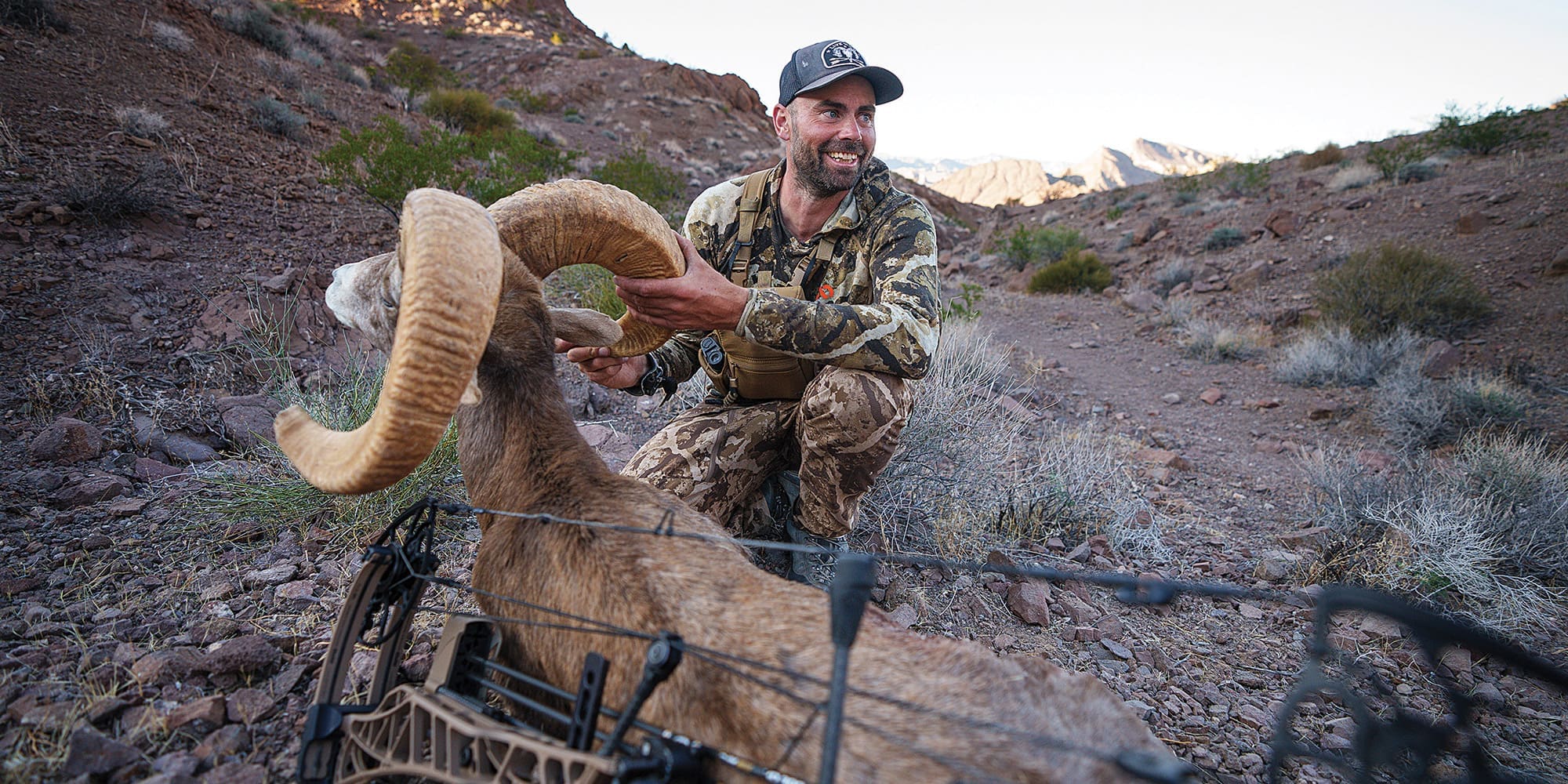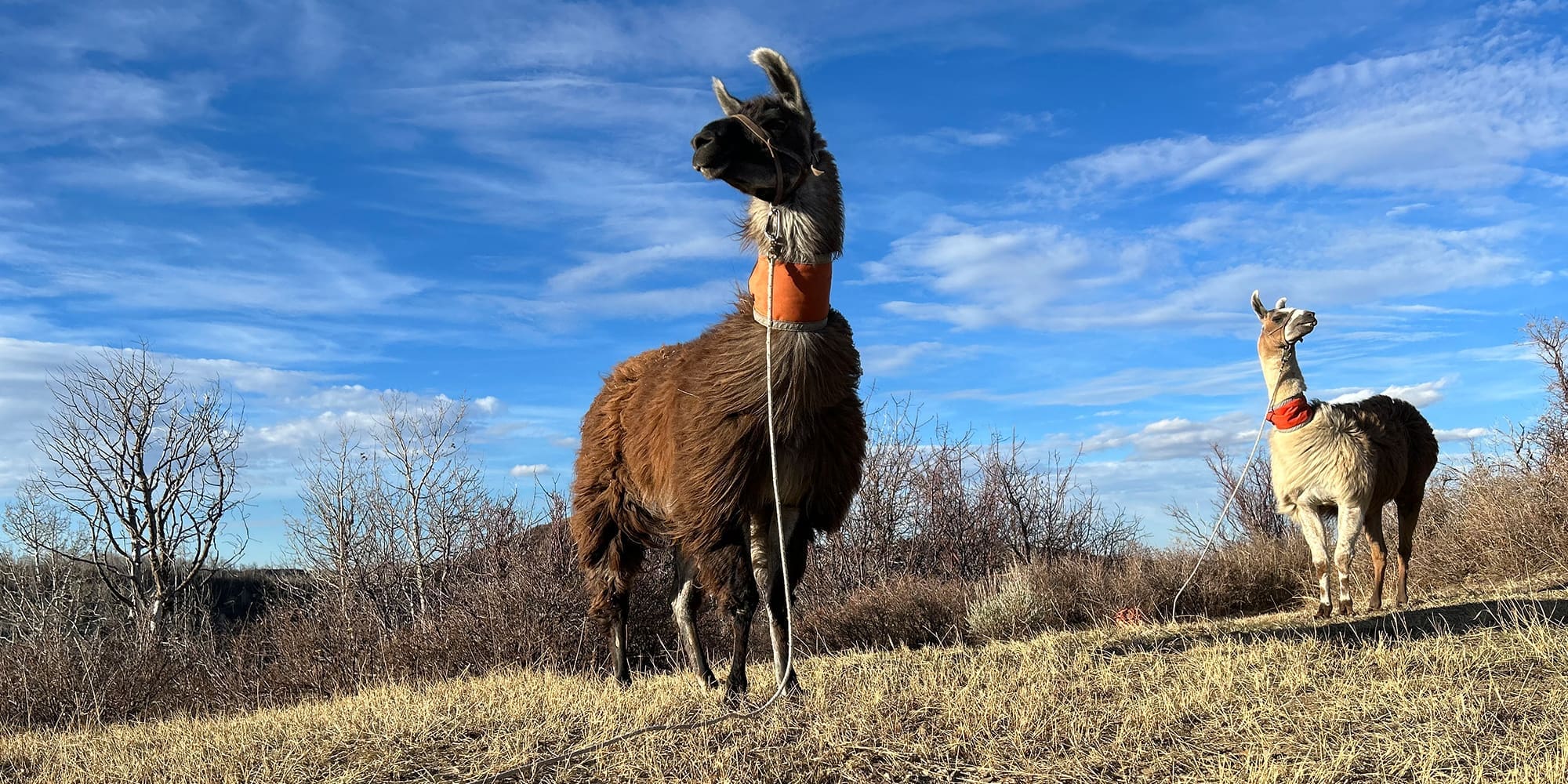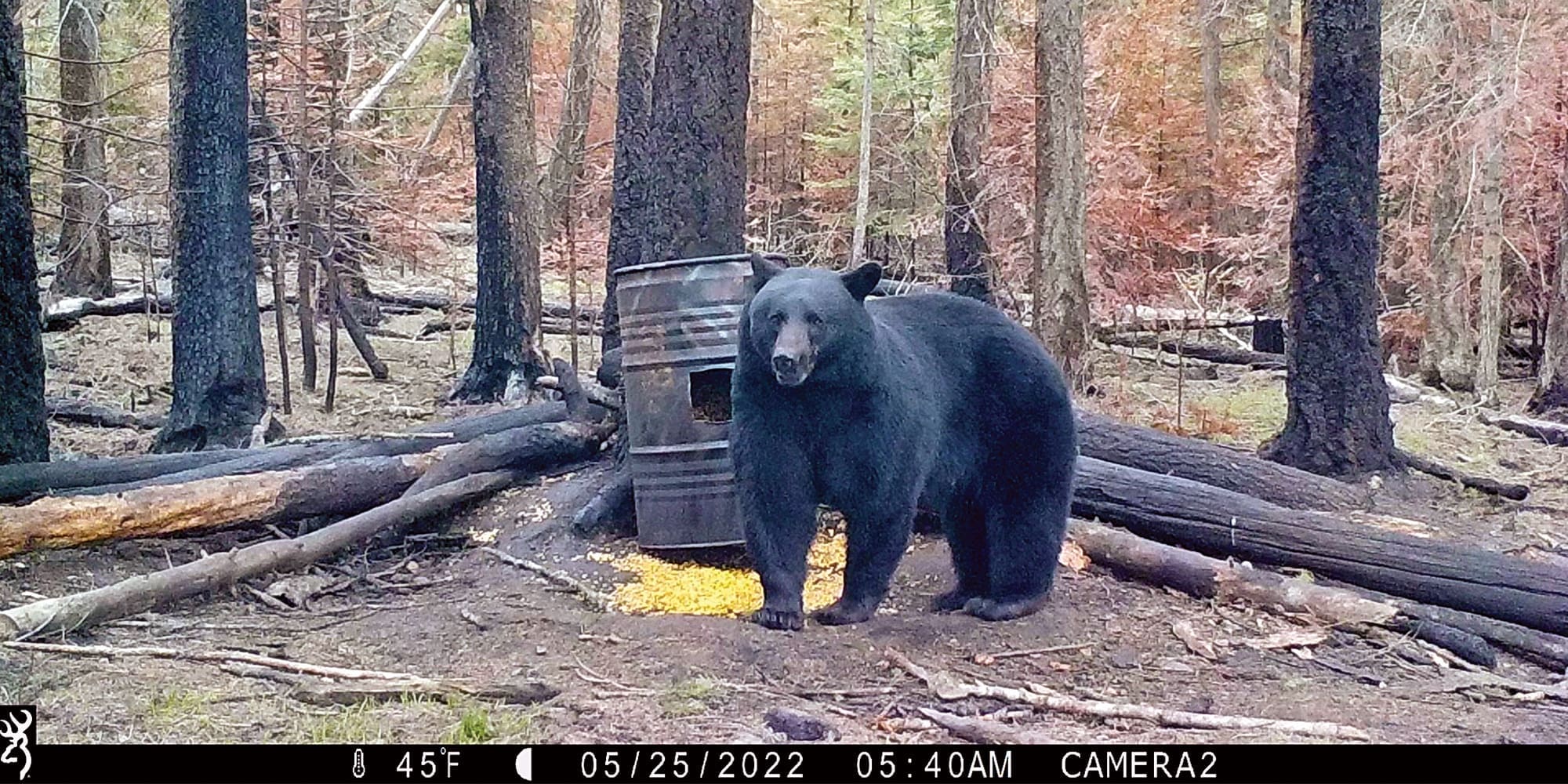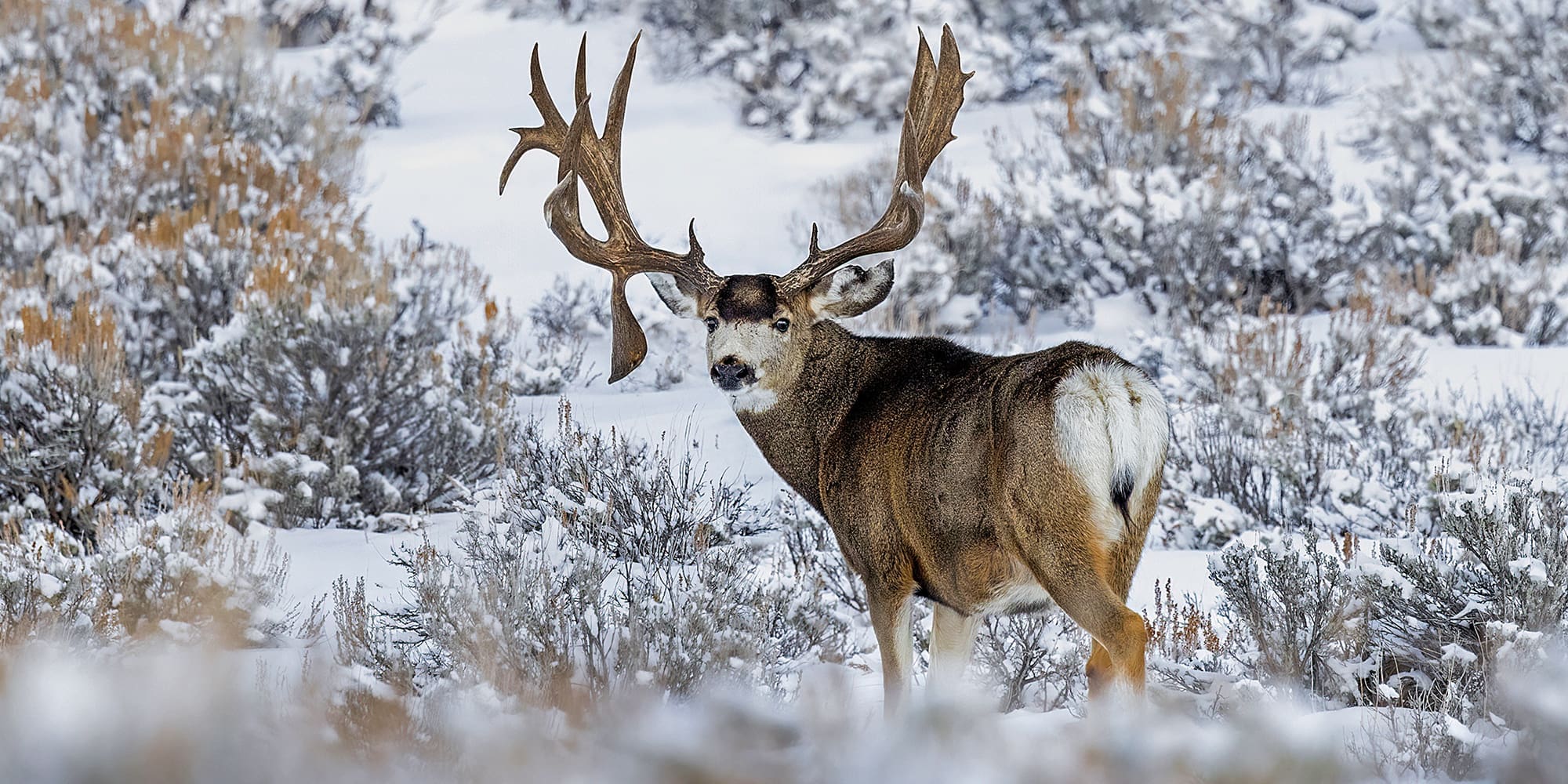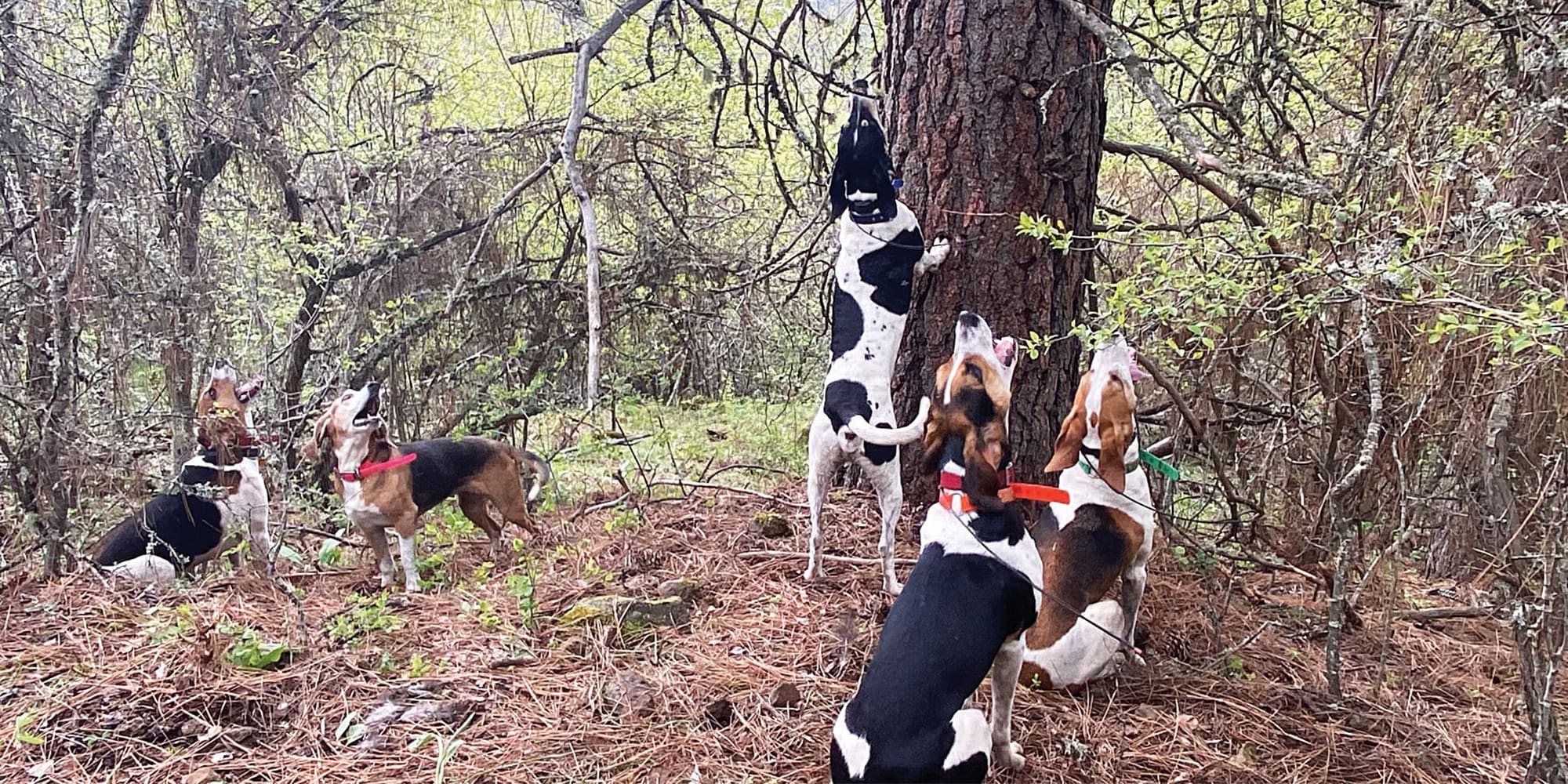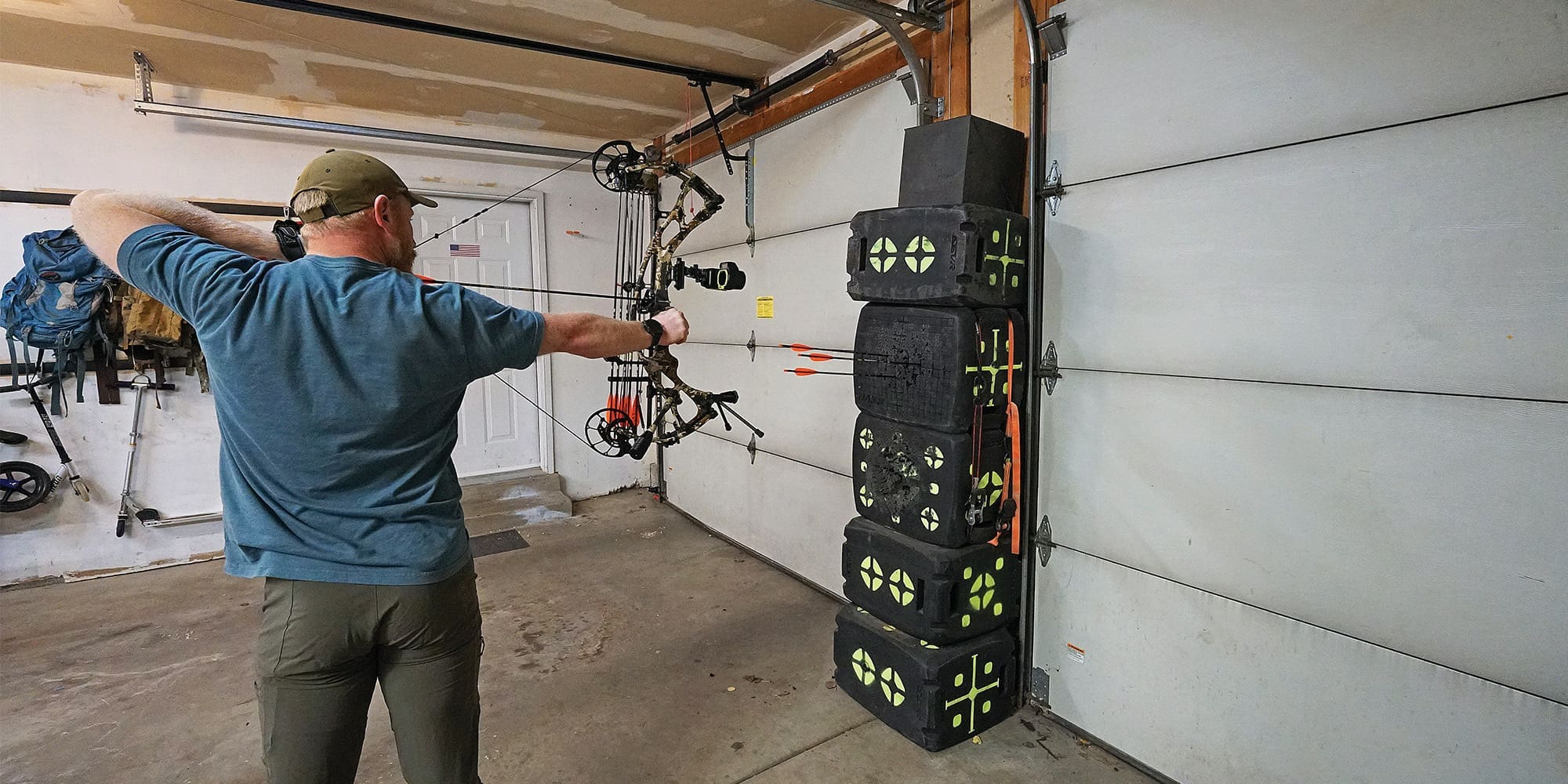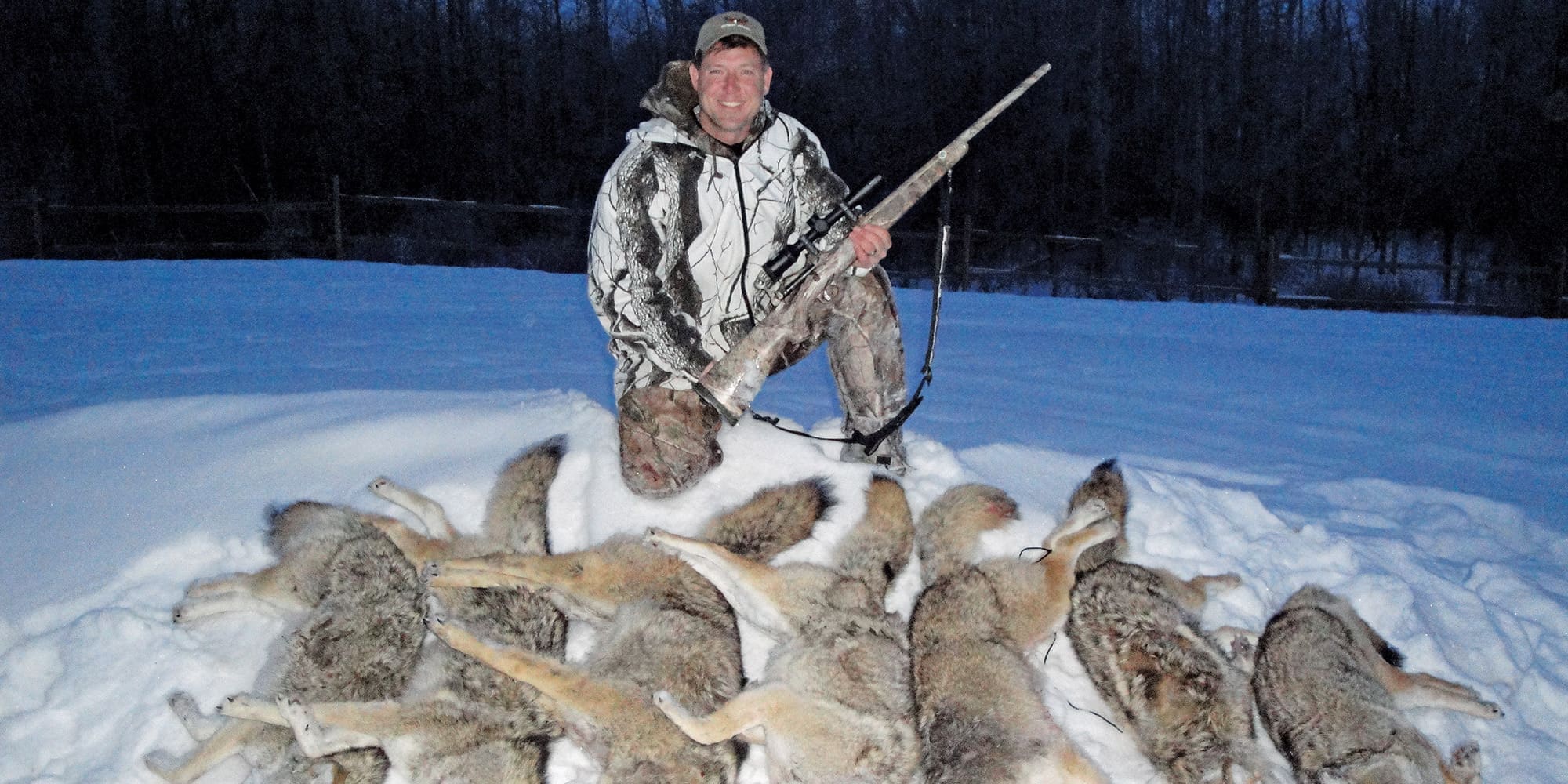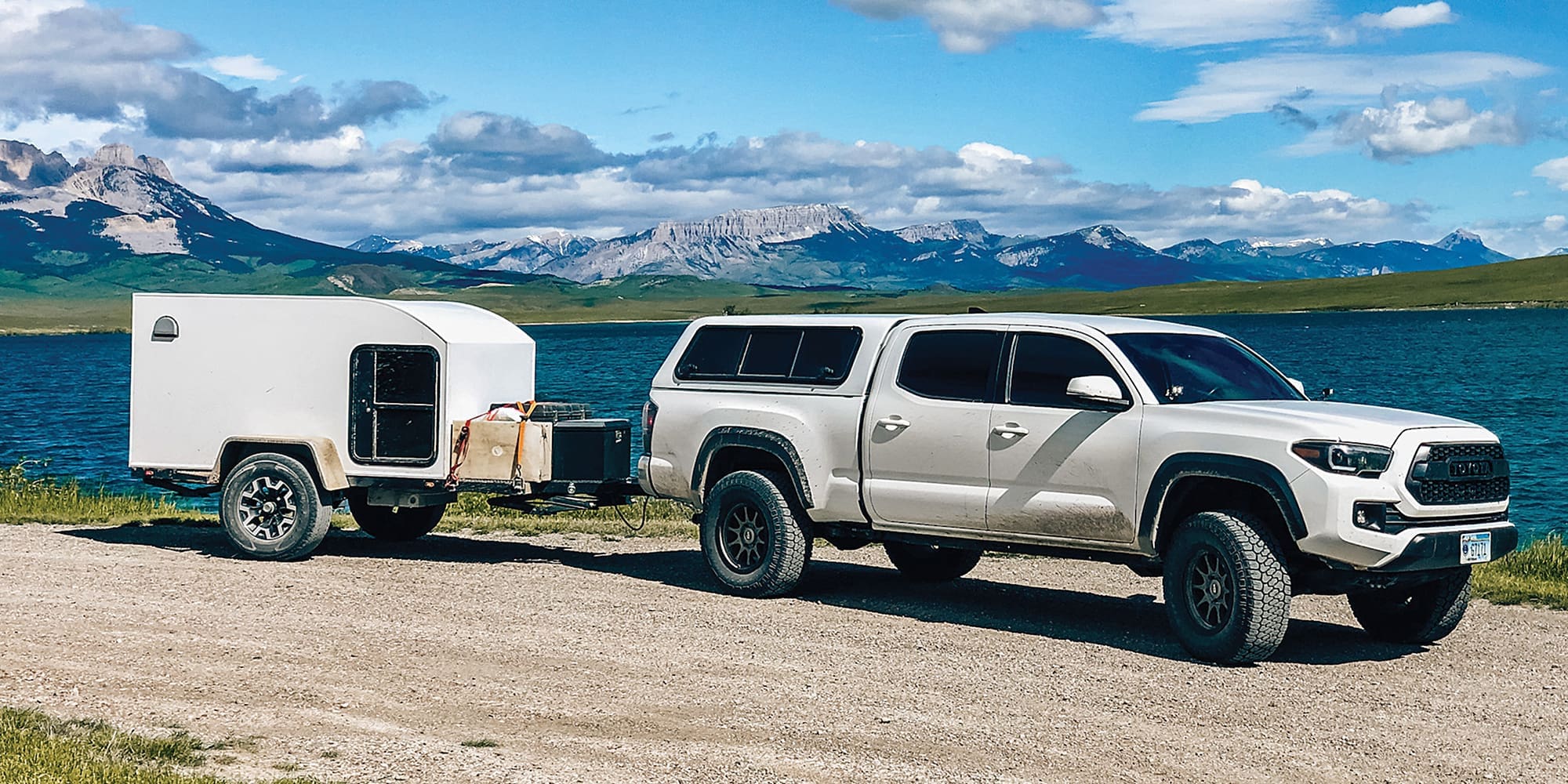
NOTICE: Certain links on this post may earn a commission for Western Hunter Magazine from Amazon or our other affiliate partners when you make a purchase. Thank you for your support.
“If” and “Then” Elk Hunting
I attribute a lot of my elk hunting success to making the right play for the situation. I call them “if” and “then” scenarios. If the elk are doing X, then I do Y. With over 20 years of elk guiding, I have had encounters in nearly every condition imaginable, and have learned that to be consistently successful, you need to adjust your tactics to the conditions at hand.
I know guys that are great callers but struggle when the elk are silent. I also know guys that can spot and stalk with the best of them but are limited when they encounter units that are heavily timbered. I have been in situations where there are great opportunities, and knowing exactly how to proceed made the difference in success. This is especially true when calling elk.
In this article, I am going to break down some popular elk hunting “if” and “then” scenarios and give you my favorite responses to the situation.

If the elk are calling, then target cover
This is the best-case scenario! You have a bugle tube, cow calls, and the rut is on fire. This is what I dream of every September. The key now is to match the tactic to the terrain. Calling will be effective but you need to bring them into bow range. I find the most success getting bulls to commit when they must use their ears more than their eyes.
When a bull comes to a call, it is best to have a place where he must get in close to investigate. To do this, target areas with more cover and populations of elk.
I like to create advantages based on my selected hunting method. I will specifically target timbered areas when the rut is going full bore. An added visual block while calling means that the bull will be easier to draw in as he won’t be able to stand at a distance and look at where I am calling from. The hard part now is just getting an open shot.
If you are calling to fired-up elk in more open country, the same philosophy can be applied to how you set up for calling the bull in. To do this, put yourself in a position for the bull to investigate.
He won’t be able to just stand on the ridge and look into where you are calling. In open topography, this hangs bulls up naturally. I don’t know how many new elk hunters I have talked to that describe their elk encounter with a bull holding up due to too much visibility.
For example, you have a bull on the back side of a ridge in a burn and you see him pop over. A lot of hunters stop on the ridge they are on and call, hoping the bull will come their way, but that bull holds up and never commits. He bugles but never comes close to bow range. Instead, get as close as possible and below the bull to where when he hears the calling, he must round the top of his ridge to look down on the caller, but at that point it will be too late because you are already set up where he would naturally stop to look into the calling setup.

Break out the optics
If you have elk hunted for any amount of time you will encounter this scenario. The rut should be in full swing, but the bugles are few and far between. In this situation, I now target glassable terrain. I look for places where I can cover as much country as possible with my eyes and try to spot the elk that are giving me the silent treatment.
I will now look toward burns, open sage country, or alpine country where I can put my optics to good use. Find a good glassing knob, set up a tripod, and pick apart stuff as far as you can see. If they won’t call, then I will rely on an old-fashioned game of hide and seek. If the unit I am hunting has very little glassable terrain, I pull out my mapping app, locate as many south slopes as possible, and look for any open meadows. I then use a 3D view to work backward from the open spots and try to locate potential places to see those spots from. In some cases, that is close, like across the canyon; in other cases, it is miles away. I will target these areas at first light and in the evening to increase my chance of spotting elk.

Shadow the herd
If you have a herd of elk spotted that has a bull and lots of other cows, the best tactic is to shadow the herd. This means that you get in as tight as is safe for as long as possible and stick with them. The goal is to be close but not spook them and use patience to get your shot. During the rut, bulls are constantly jockeying positions. They move around, check cows, bed, wallow, chase, and get chased.
Getting a shot is a game of proximity. The longer you can stay in proximity to the herd, the better your chances of the right elk offering a shot or making a mistake where you can make a move. A few years back I shadowed a herd for an entire day. This was over the span of many miles. There were moments when I was covered up by cows for hours, laying there unseen. As they would move, so would I. Over the course of the day, as they would go over a ridge, drop into timber, or something else, I would make up ground and wait close by. I had shots on nearly all the bulls in the herd up until the end of the day when the herd bull came to investigate the cows in front of me at 50 yards, and the plan played out perfectly.
Lone bull? Cow call
I think there is no better bull than a lone bull. I get excited when I see a bull cruising by himself and I like to open up a little illusion I call the cow party. Cruising bulls are often in search of cows. I expect these bulls to come in silently, but if you get one bugling to your cow call, get ready because he might be coming in fast!
To start, I like to throw out a few single mews then do a cow call and response where I sound like a herd of elk talking amongst themselves. If it is the middle of the rut, I will also throw in some longer drawn-out whines. This really gets them interested. If my standard mews were a short eew sound, that whine would be eeeeewwwwweeww! To aid in the illusion, make sure to throw the cow sounds in numerous directions. Possibly mix in different calls like an open reed and diaphragm call. If there is a particular cow call that gets the bull to do a bugle response, keep working it. This strategy also works well with bulls bedded up at midday early in the season. They are less locked down and more apt to travel to a call. This is how some of my biggest bulls have been called into range.

Pre-dawn bugle
I like to cast out location bugles pre-dawn. The name of the game here is fast and furious. If I get a bull cranking in the dark, I use location bugles to figure out where he is, then I cut the distance down substantially. I like to near 100 yards or so as it becomes legal shooting light. Then, I fire in with the calling again. Closing the gap on a bull early is a great way to get him to commit and be within the strike zone longer before they naturally start that routine morning move.
The hardest part about calling elk in the morning is that you seem to constantly be chasing them or they go quiet early. Often, that silence is more a factor of them moving out of earshot than them shutting down. Being close helps gauge the bull’s responses and helps you capitalize on a high-activity period of the day.

If you shoot, rip a bugle!
The second that arrow flies, I don’t care if it is straight through the boiler room or five feet over his back; rip a bugle. Hearing that elk sound so close to the shot snaps them out of flee mode. I have had clients miss elk and get a second shot with this tactic. I have also had fatally shot bulls stop or slow enough to die in sight and not have a tough blood trail. This is a great habit to get into to aid in recovery or get off another arrow.
Even a loud cow call is better than nothing. If you are calling for someone else, hit that call. If you don’t have a call, make a cow elk sound with your voice. You might be surprised at how much this can help. I have even done this after spooking a bull and gained enough time to readjust and get an arrow in.

The two-man “talk and stalk”
I love mid-day bugles, especially If I am hunting with someone else. When a bull breaks the silence at a time when you thought it was all shut down, your spirits are instantly lifted. First, try to get the bull to call again and see if you are getting any movement out of him. Bulls that are solitary and strike up might come in and come in fast.
If he calls again and it appears that he is not moving, then I like to have someone stay back and bugle while the shooter sneaks in. During the rut, bulls will often bugle from the bedding area, either while bedded themselves or up and surrounded by bedded cows. That bugle is used for the bull to tell the cows he is with, “Hey, don’t worry about that guy, I am here.”
He is talking to the cows more than the other bull. This behavior is a great time to take advantage of him giving up his position. Having a caller stay off in the distance encourages the bull to keep talking to his cows but not feel a physical threat. The person stalking in can then opt to remain silent or try cow calling in response to the other hunter bugling once he has closed in on the bull. This act often changes the demeanor of the bull in the herd and gets him a little more upset and vocal, possibly drawing him in to investigate the hunter that’s cow calling nearby.
So much of elk hunting success means making the right move for the right scenario. Matching the terrain to the tactic helps, and adapting in real time to the conditions should be a priority. The best strategy for the rut is to have a variety of tactics in your bag of tricks so if you encounter varying levels of rutting activity, or you are presented with certain situations, then you can respond appropriately and stack the deck in your favor.



